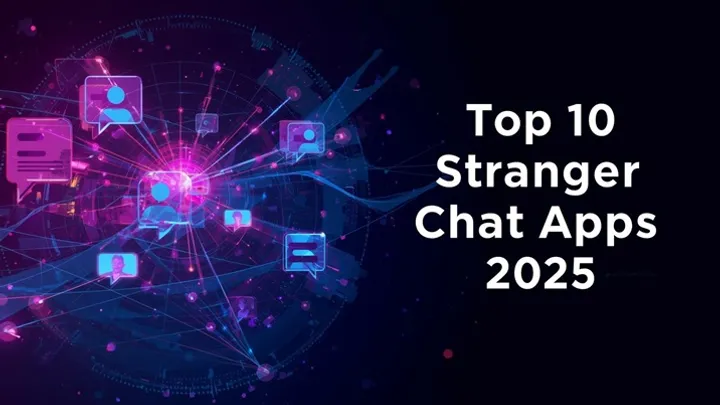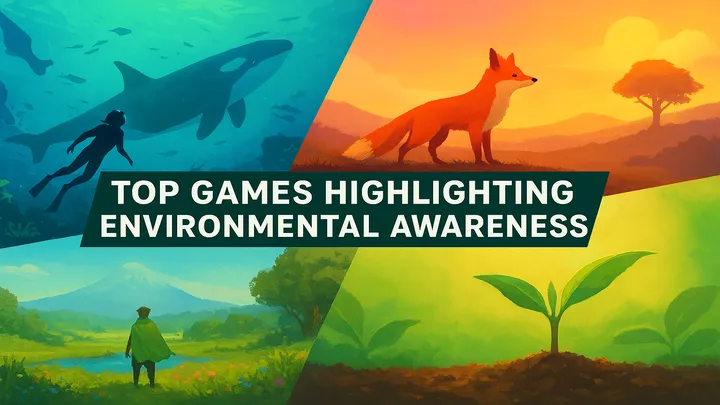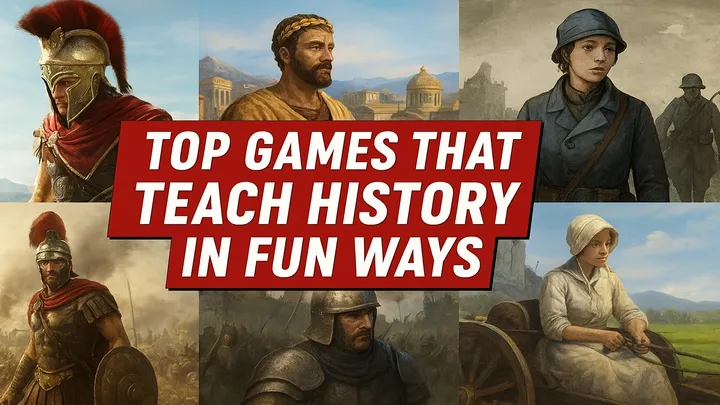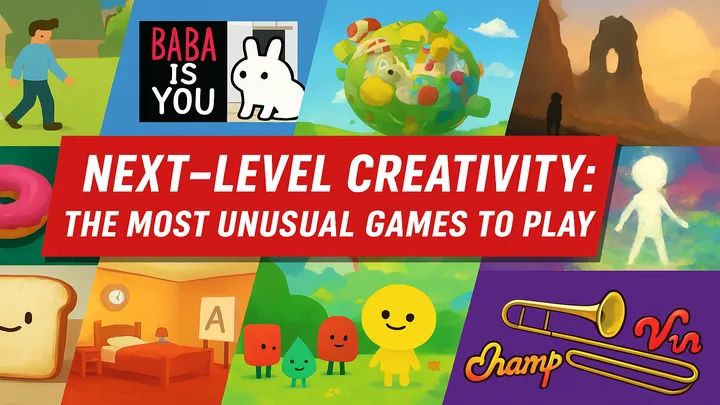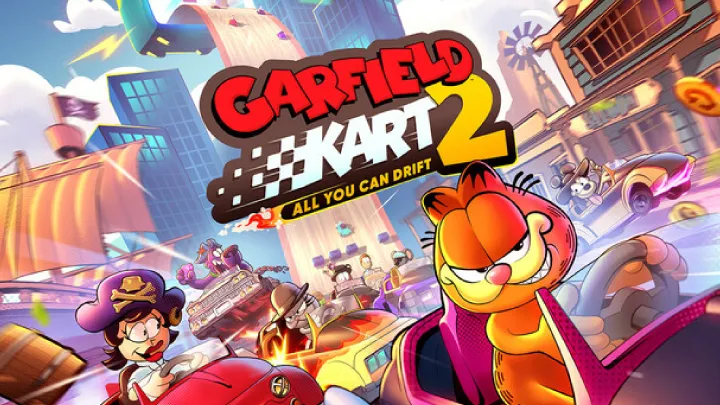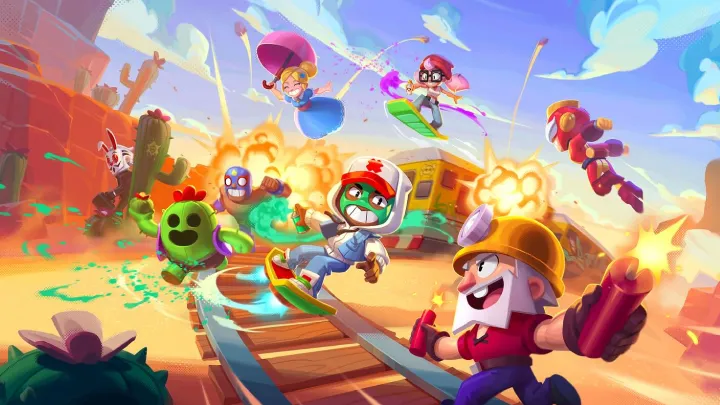Introduction
Brawl Stars is a fast-paced multiplayer title from Supercell that thrives on chaos, strategy, and personality-driven characters. While it may look like a simple arena shooter on the surface, the true depth of the game lies in its team synergy. More than individual mechanics, success in Brawl Stars depends on how players coordinate abilities, choose complementary brawlers, and adapt their strategies in real time.
This article will explore in detail how team synergy evolves over time in Brawl Stars. From the first matches where chaos reigns, to advanced strategies in competitive play, the journey of understanding synergy defines the difference between casual players and true masters of the game.
The First Matches – Learning Characters, Ignoring Teams
In the earliest stages of play, most newcomers are focused only on their chosen brawler. Players test attack ranges, abilities, and movement patterns without much thought for team composition.
This stage is essential because it lays the groundwork for understanding individual strengths. However, beginners often ignore synergy, leading to mismatched teams and frequent defeats. For example, pairing three close-range fighters in Gem Grab without support is a common beginner mistake.
Discovering Roles – The First Step Toward Synergy
As players advance, they begin noticing that not all brawlers serve the same function. Some excel at dealing damage, while others provide area control or support.
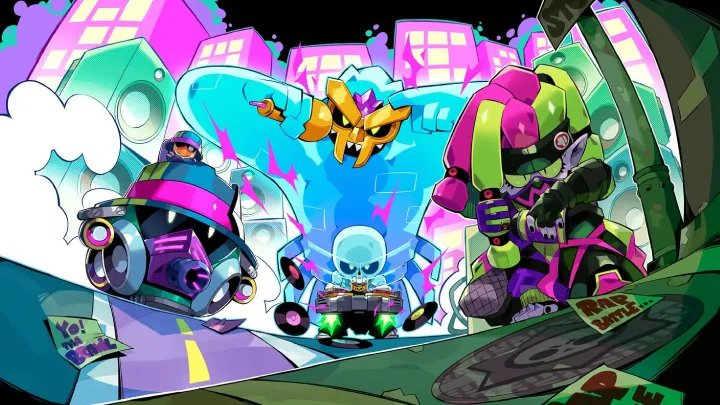
H3: Primary Roles in Brawl Stars
- Damage Dealers – Characters like Colt or Shelly who focus on burst damage.
- Tanks – Heavyweights such as Bull or El Primo that absorb hits and control space.
- Support/Control – Brawlers like Poco or Sandy that help maintain team stability.
This recognition marks the first real step toward synergy. Once players see roles as interconnected rather than isolated, their strategies evolve dramatically.
Early Synergy – Simple Complementary Teams
In mid-level play, players start building teams that cover weaknesses. A common setup involves one tank, one support, and one ranged damage dealer.
This early synergy may not be perfect, but it teaches balance. Suddenly, players realize why their three-aggressive-brawler lineup failed before. The power of combining different roles introduces the concept of working as a unit rather than individuals.
Midgame Conflicts – When Synergy Breaks Down
Not all attempts at synergy succeed. In many matches, teams are unbalanced due to random matchmaking or poor communication.
H4: Common Midgame Synergy Problems
- Two players competing for the same role (e.g., two tanks).
- Lack of support, leading to a fragile team.
- Ignoring map layout, which requires specific team adjustments.
These failures highlight the need to think beyond just character selection. True synergy requires adaptation to opponents, maps, and game modes.
The Role of Maps – Synergy in Context
Every map in Brawl Stars changes the value of team composition. Narrow maps like Showdown favor tanks, while open maps give ranged brawlers dominance.
This forces teams to evolve their synergy. Players can no longer rely on one fixed strategy; they must choose lineups tailored to the environment. A team that works perfectly in Brawl Ball may collapse in Heist due to the lack of defensive synergy.
Advanced Synergy – Coordination Beyond Roles
At higher levels, synergy is not just about choosing the right mix of roles. It becomes about timing and coordination.
H3: Examples of Advanced Coordination
- Combining Poco’s healing with El Primo’s aggressive pushes.
- Using a control brawler like Gene to pull enemies into a waiting tank.
- Layering ultimates for maximum crowd control in Siege or Hot Zone.
At this stage, synergy becomes an active process. Teams are no longer just built on paper; they function in motion, adjusting strategies during fights.
Competitive Play – The Mastery of Synergy
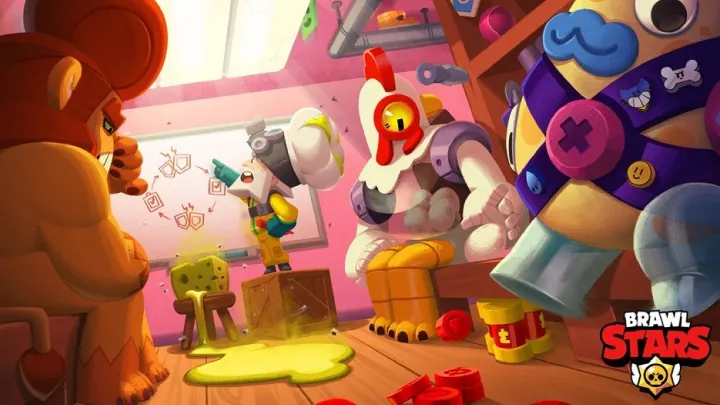
In tournaments and ranked play, synergy becomes the deciding factor between victory and defeat. Teams meticulously plan their lineups, counter enemy picks, and execute synchronized plays.
H4: Traits of Competitive Synergy
- Drafting brawlers to counter specific opponents.
- Rotating roles mid-match to adapt to momentum shifts.
- Reading enemy synergy and breaking it apart through strategy.
Competitive players understand that synergy is not static. It evolves dynamically within every match, requiring constant awareness and adjustment.
Emotional Layer – Trust and Team Chemistry
Beyond strategy, synergy is also emotional. Teams that trust each other can execute plans more effectively. Miscommunication leads to wasted ultimates and failed pushes.
This highlights the human side of synergy. A good lineup may fail without chemistry, while a decent team with strong communication can overcome stronger opponents. In this way, synergy extends beyond brawlers into player relationships.
Lessons for Players – Building Better Synergy
For everyday players, mastering synergy is not about copying competitive teams but learning to recognize patterns.
H3: Practical Tips for Stronger Synergy
- Balance roles: always include damage, tank, and control/support.
- Adjust to maps: tailor brawler selection to the arena.
- Communicate: even simple cues improve coordination.
- Learn to adapt mid-game rather than forcing one strategy.
These lessons help casual players step into higher levels of play, where synergy consistently trumps raw skill.
Conclusion – Synergy as the Heart of Brawl Stars
Brawl Stars is more than a test of reflexes or character familiarity. At its heart lies synergy—the invisible thread that ties teammates together. From the chaos of early play to the mastery of competitive coordination, the journey is one of learning to see beyond individual strength into collective potential.
The evolution of team synergy in Brawl Stars reflects a deeper truth: victory is not about lone heroes but about working together. That is what transforms the game from simple fun into a complex and rewarding competitive experience.









